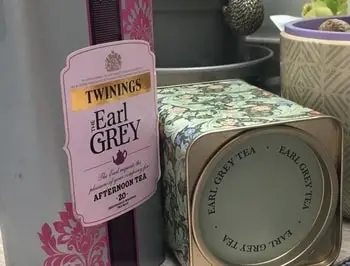Trying to be careful of your caffeine levels often involves investigating caffeine levels in tea as well as other foods and beverages. And the Earl Grey caffeine content is one of those you might want to understand more about.
So let’s get into the straightforward answer here, and then we’ll get into some of the nuances around the subject afterward.
Earl Grey tea caffeine? Authentic Earl Grey tea made with a black tea base and bergamot fruit rinds, or herbs contain 20-40 mg of caffeine based on a 1-minute steep time. If it’s scented or coated with bergamot oil extract, it will contain 47-70 mg of caffeine. This varies with other tea bases.
For example, if your Earl Grey has a Rooibos base, then it will have zero caffeine from the Rooibos element.
That’s the quick answer, but let’s drill down a little further regarding the variances in Earl Grey tea caffeine content.
Earl Grey Tea Caffeine Level – How much caffeine is in Earl Grey tea
An authentic Earl Grey tea is made with black tea as the base, and with a flavoring of the bergamot oil, extracted from the rinds of the fruit.
So let’s break down these two ingredients and see the caffeine content in each ingredient, which will mostly sum up how much caffeine Earl Grey tea has.
Black tea
This is a true tea variety made from the Camellia Sinensis plant and has the most amount of caffeine when compared to other tea varieties.
On average, a cup of black tea, which is 8 fl oz or 237 grams of brewed black tea, contains 47.4 -70 mg of caffeine.
Bergamot Peel
Bergamot is a fruit that is a pear-shaped citrus fruit, grown primarily in Calabria, Italy.
This fruit is around the size of an orange and has a yellow or green color, depending on the ripeness. This fruit is believed to be a hybrid version of a lemon and an orange.
It’s plain black tea flavored with the oil extracts from the peel of this fruit, in essence, makes an Earl Grey tea.
Bergamot oil extracts have no caffeine at all and are mostly acidic content.
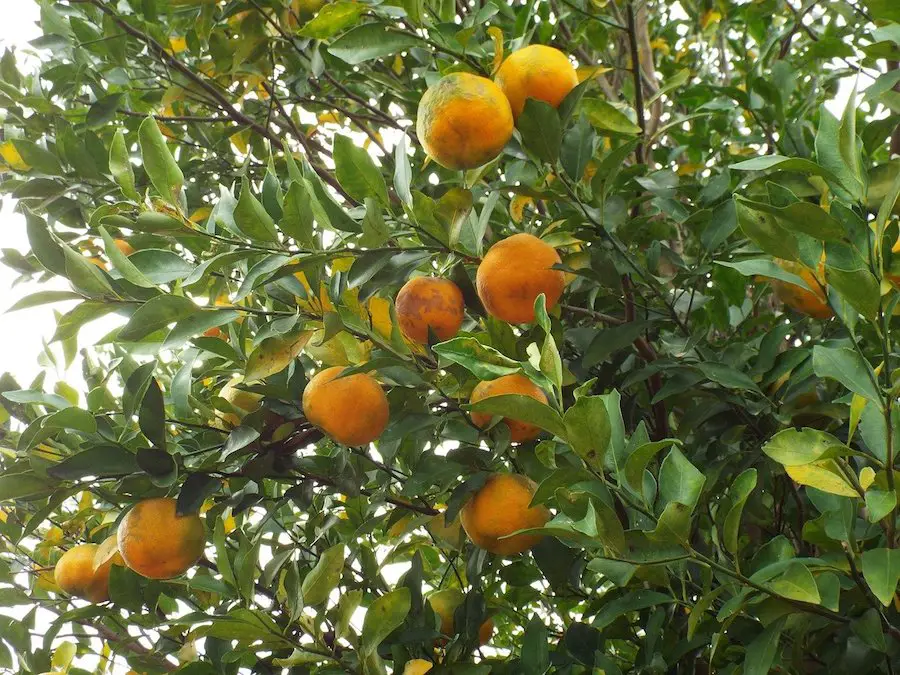
So we can clearly say that Earl Grey tea contains caffeine, which is derived only from the base of the tea which is black tea, and not from the flavoring ingredient which is the bergamot oil extract.
Should we assume then, that Earl Grey tea will therefore contain the same amount of caffeine as a normal cup of black tea such as Assam – but in fact, that’s not actually the case.
The caffeine content in an authentic black tea base of Earl Grey tea can vary depending on how the Earl Grey tea mix is made, these variables are as follows,
- Made using black tea as the base while coating, spraying, or scenting them with bergamot oil extract.
- Made using black tea as the base and adding bergamot orange rinds to the Garl Grey.
- Made using black tea as the base and adding rinds and other herbs, flowers, or dried fruit mixes.
Among the three types of authentic Earl Grey mix, only option 1 has the same amount of caffeine as a normal cup of black tea.
This is somewhere in the range of 47-70 milligrams of caffeine for one cup of tea. Whereas options 2 and 3 are “blended” with other herbs or the rinds of bergamot fruit.
This will make the ratio of tea leaves in one teaspoon for a cup less – because some of the contents are replaced by either bergamot rinds or other herbs.
In which case, the caffeine content for a cup of Earl Grey tea on average will range from 20 – 40 milligrams, depending on the ratio between herbs or other blends to tea leaves.
Caffeine in Earl Grey tea is rarely exact
Also, nowadays, apart from this classic version, Earl Grey tea is made using many other types of true tea varieties as the “base”.
So depending on the tea used for the base (other than black tea), the caffeine content will again vary.
At this point, Earl Frey tea caffeine levels, become less of an exact science. Unless you know the exact caffeine content of all the ingredients, then the true figure becomes blurred by variations in the mix.
Suffice to say though, that the caffeine content provided at the start of the article is your best reference to go by when assessing your caffeine levels.
Caffeine in Earl Grey tea compared to other teas
Below is a clear breakdown of the caffeine content in Earl Grey tea – assuming the authentic black tea base is replaced with the following:
- Green tea – 25 milligrams
- White tea – 28 milligrams
- Oolong tea – 34 milligrams
- Rooibos tea – No caffeine
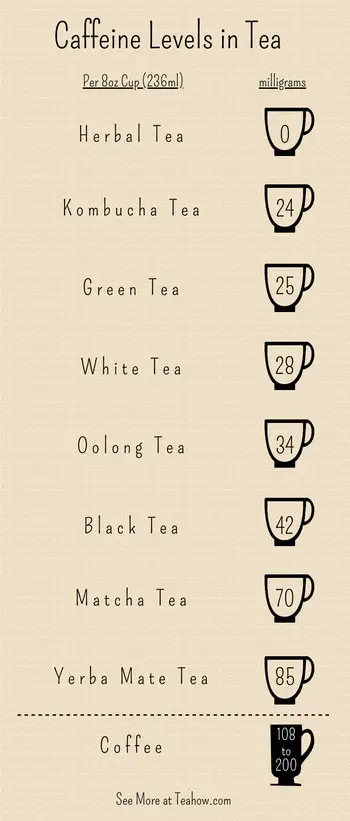
So, the “authentic” version of Earl Grey – using a black tea base, has the highest average of caffeine content, whereas the white tea base takes the least amount of caffeine.
Rooibos tea-based Earl Grey has no caffeine at all …based on most variables around caffeine levels in Rooibos tea.
In a study carried out to scientifically assess caffeine levels in some popular brands of tea, the results for Earl Grey brands were as follows, you can see this varies based on steep times…
| Earl Grey Brand and Tea Type (mg/6oz) | 1 min | 3 min | 5 min |
| Tazo Earl Grey (black) | 40 | 57 | 59 |
| Twinings Earl Grey (black) | 19 | 22 | 29 |
What affects the caffeine content in Earl Grey tea
Firstly, since authentic Earl Grey is made using black tea as the base, the varietal of the black tea makes a great difference in how much caffeine Earl Grey tea can contain.
In general, high-quality Earl Grey tea is made using Assam black tea, grown in Assam India.
Assam is a high-quality black tea which has more caffeine than other varieties of black tea and makes a strong, bold, and tannic rich black tea.
You will often find that Earl Grey teas sold usually specify that the tea base is an Assam variety, this is mostly fuelled by demand due to the rich taste of Assam black tea.
Similarly, white tea-based Earl Grey tends to have the least amount of caffeine after rooibos that’s caffeine-free, the Earl Grey variety of white tea makes a huge difference in the amount of caffeine.
For example, Darjeeling white tea which is unique to one of the oldest tea gardens in Darjeeling, West Bengal, India, and is higher in caffeine compared to many other types of white tea.
Ingredient factors
So, the breakdown of ingredients produces a variety of caffeine content for Earl Grey tea, so when using a variety of black tea bases, these varietal factors could also affect the caffeine content.
Other Earl Grey tea caffeine variables
The following can also make a difference in the caffeine content of Earl Grey tea (This in general applies to any type of tea).
Tea Brewing Style
A higher water temperature, more steeping time, and/or higher tea leaves to water ratio will vary the caffeine content of Earl Grey tea.
Tea Grades and form of tea
Tea grades refer to how whole or broken the tea leaves are. The more broken the tea leaves are the more caffeine it will release.
This is because broken tea leaves can impart more caffeine to your brew faster than whole leaves because they have a much greater surface area.
Teabags often hold broken tea leaves – or even what is considered fannings – or dust, and so may release more caffeine than larger tea leaves.
Powdered tea like matcha imparts even more caffeine than tea bags or tea leaves, as they are completely broken to form a fine texture that is soluble quicker.
The part of the tea plant the tea is made from
Any tea made using tips or buds or the newly formed leaves of the tea plant, which are, for example, specifically used to make white tea will contain a greater caffeine content.
This means that aside from white teas that are made from tips or buds, tippy black or green teas will have a large amount of caffeine.
In contrast, teas made from “twigs” (stems) are lower in caffeine.
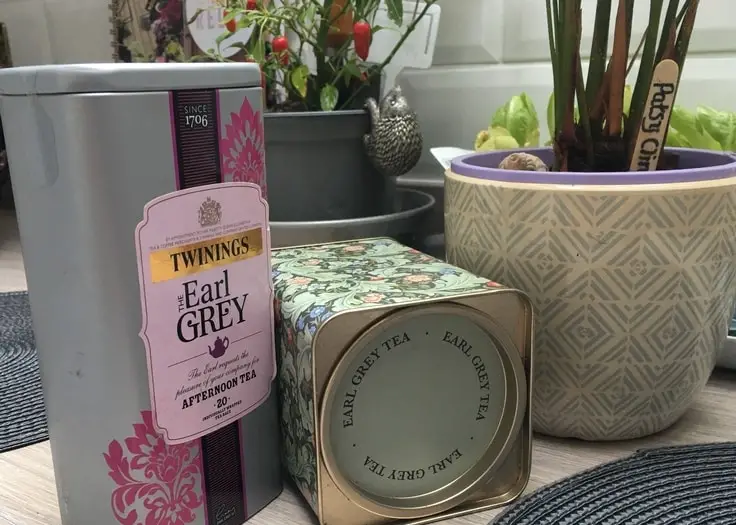
How much Earl Grey is healthy to take regarding caffeine levels?
The healthy amount of Earl Grey can never really be specified, because of the different factors that affect the caffeine content in an Earl Grey tea including the tea-base used. And of course, taking into account we are all individuals with different metabolic makeup.
But, assuming, you drink authentic black tea-based Earl Grey, it’s advisable to limit to not more than 4 or 5 cups per day (depending on how caffeine tolerant you are).
If your Earl Grey tea has other tea bases, then check out my other article on how many cups of tea per day, to understand a more healthy amount of tea to have based on the tea variety.
One great option you can take if you want to cut out caffeine is to go for the decaf Earl Grey tea option that is now often available or go for a rooibos tea based early grey that is free from any caffeine. Or perhaps try a white tea based early grey, which has less caffeine compared to other tea bases.
You might also want to check other types of tea, so refer to the arrticles below regarding caffeine in various teas
Does Darjeeling Tea Contain Caffeine
Does Chamomile Tea Contain Caffeine
Does Peppermint Tea Contain Caffeine
Does Green Tea Contain Caffeine
If you’re the kind of person who has an interest in teas, then you would love my tea sommelier course.
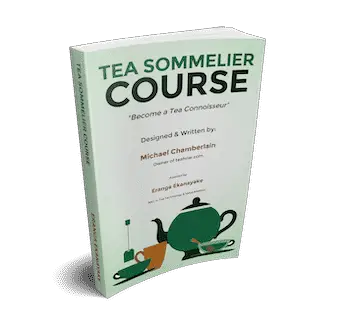
Take the fast track and become a tea connoisseur
Whether for enjoyment or considering a career as a tea sommelier. This course has everything you need to enhance your tea knowledge and tea-tasting skills.
This course keeps it simple with step-by-step tea tasting and easy reference guides
For pleasure, or as a precursor to a career in the tea industry. Find out what tea sommelier actually does, their career paths, and what they earn.

Find out more about the Teahow Tea Sommelier Course!
Find out more about the Teahow Tea Sommelier Course!
To finish…
I hope this has answered your questions regarding Earl Grey tea caffeine, the levels, variables, and other ingredients. If you’re concerned about your caffeine intake, then I’d advise you to consult with your doctor.
Don’t forget to check out my course! And also visit my other tea ware pages!
